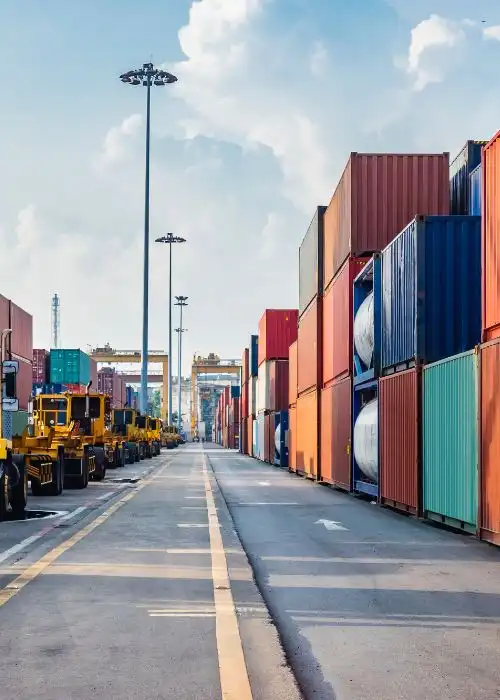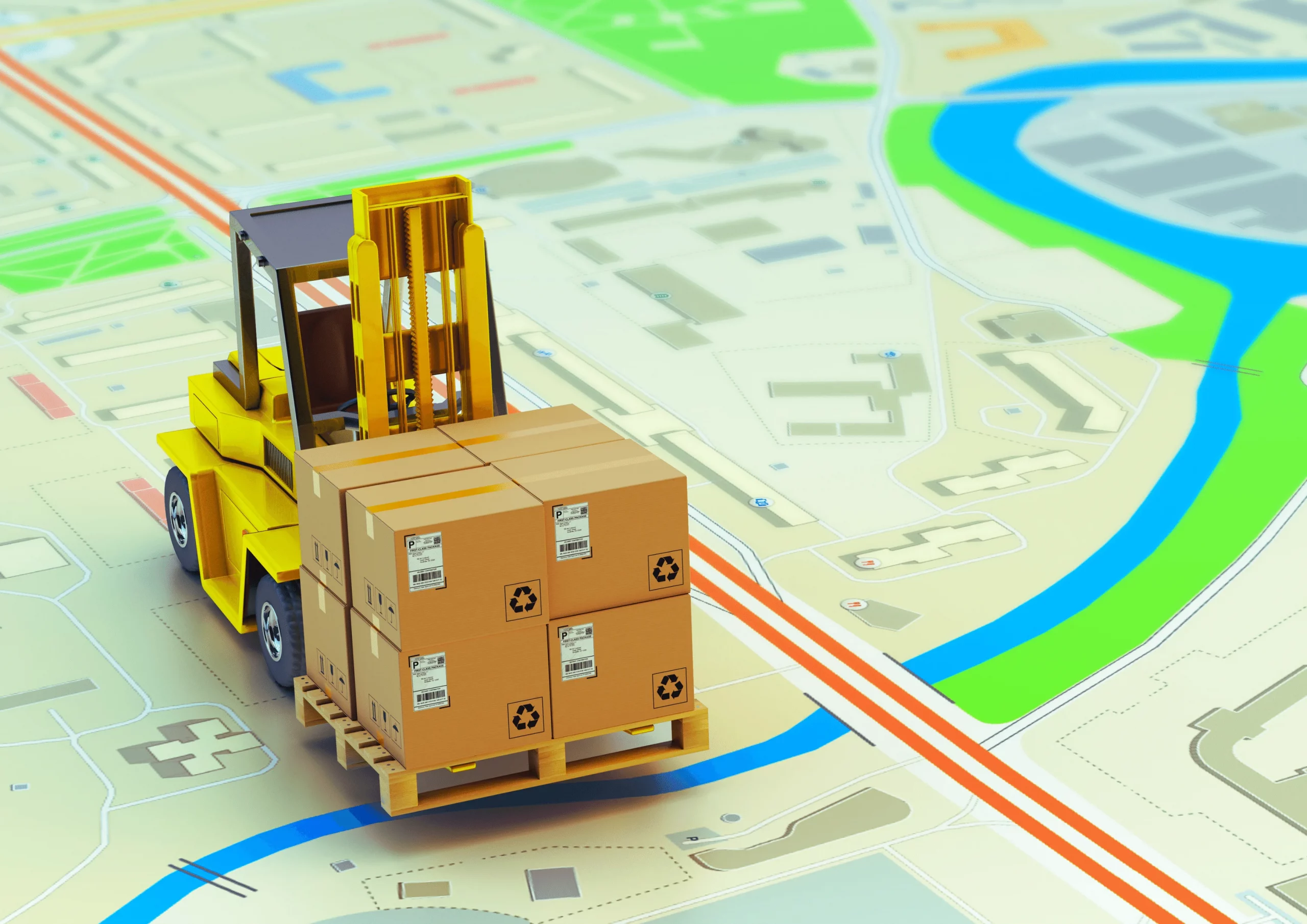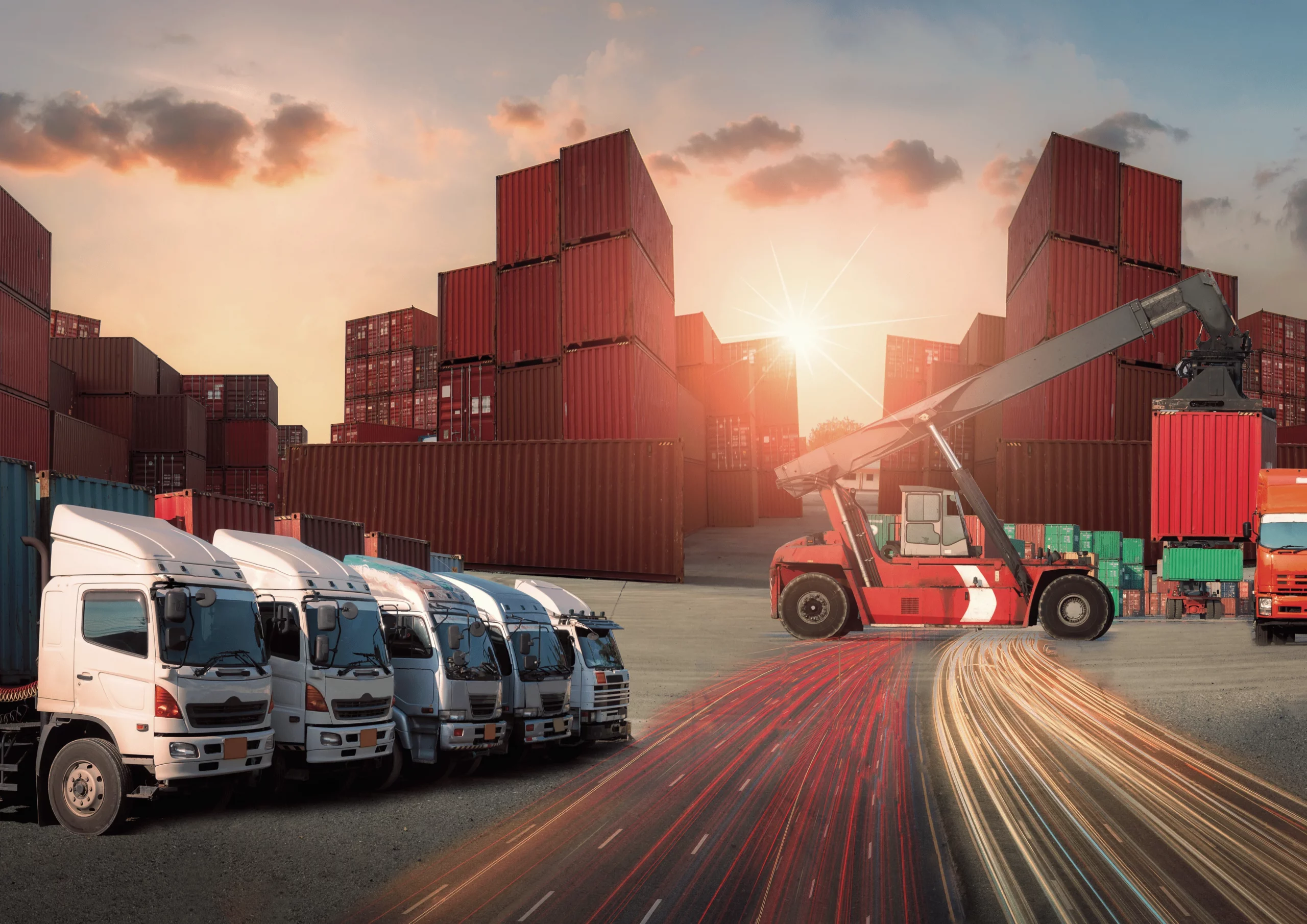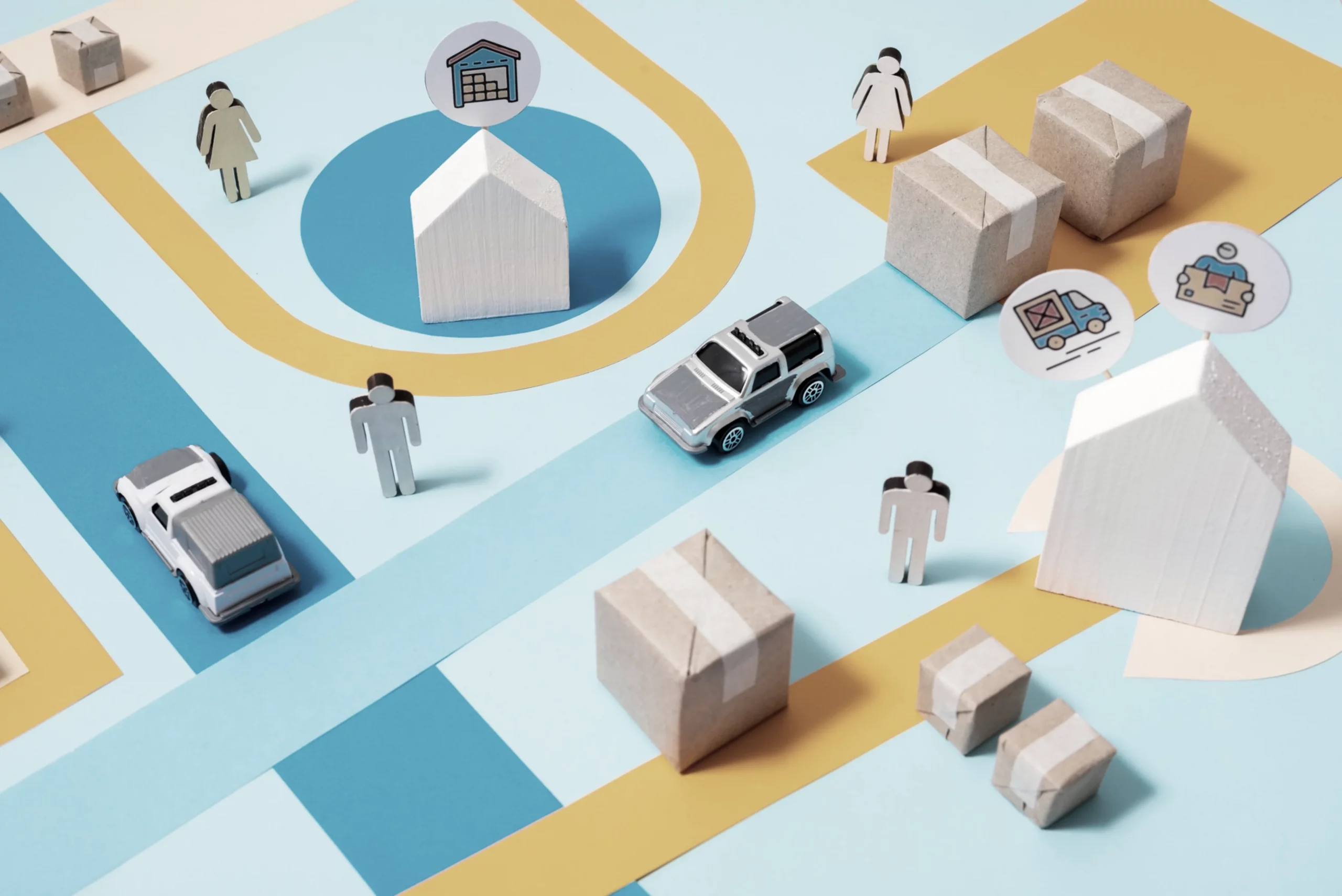INDUSTRY DIGITALIZATION WITH JAHAANN
Jahaann’s logistics solutions provide businesses with the infrastructure and expertise they need to manage their inventory effectively. Our state-of-the-art warehouses, strategically located across key regions, offer secure storage, efficient inventory management, and seamless order fulfillment, ensuring your products reach your customers promptly and in pristine condition.

Jahaann’S LOGISTICS SOLUTIONS: YOUR GATEWAY TO SUCCESS
- Enhance supply chain visibility and control
- Reduce logistics costs and optimize inventory levels
- Improve customer satisfaction with timely deliveries
- Gain a competitive edge in the market
Transform Your Plant Operations with Our Jahaann’s Logistics and Assets Tracking Service
How Our Logistics Service Works

Planning
Logistics involves detailed planning to ensure that goods are delivered to the right location at the right time. This includes determining the most efficient routes, selecting appropriate modes of transportation, and coordinating with suppliers and customers.

Transportation
Logistics involves the movement of goods from one location to another. This can include transportation by air, sea, rail, or road, depending on the nature of the products and the distance they need to travel.

Warehousing
Logistics also involves the storage and management of goods in warehouses and distribution centers. This includes managing inventory levels, tracking products, and ensuring that products are stored in the right conditions.

Supply Chain Management
Logistics is an essential part of supply chain management, which involves coordinating the activities of suppliers, manufacturers, distributors, and retailers to ensure that products are delivered to customers in a timely and efficient manner.

Cost Optimization
Effective logistics management can help businesses optimize their costs by reducing transportation costs, improving inventory management, and minimizing waste.
Frequently Asked Questions
FAQs about Jahaann
What is logistics?
Logistics is the process of planning, executing, and controlling the efficient movement and storage of goods from point of origin to point of consumption. It encompasses a wide range of activities, including transportation, warehousing, inventory management, order fulfillment, and customer service.
What are the different types of logistics?
- Transportation logistics: This involves planning and executing the movement of goods by air, sea, land, or rail.
- Warehousing logistics: This involves managing the storage of goods in warehouses and distribution centers.
- Inventory management logistics: This involves planning and controlling the levels of inventory to ensure that there is enough stock to meet demand without excess costs.
- Order fulfillment logistics: This involves picking, packing, and shipping orders to customers.
- Customer service logistics: This involves providing customer support for logistics-related issues, such as tracking orders and handling returns.
What are the benefits of effective logistics?
- Reduced costs: Logistics costs can account for a significant portion of a company’s operating expenses. By optimizing logistics processes, businesses can reduce these costs and improve their profitability.
- Improved efficiency: Effective logistics can help businesses to get their products to market faster and more efficiently. This can lead to increased sales and improved customer satisfaction.
- Reduced risk: Logistics disruptions can have a major impact on businesses. By implementing effective risk management strategies, businesses can reduce the likelihood of these disruptions and protect their bottom line.
What are the future trends in logistics?
- The rise of e-commerce: E-commerce is growing rapidly, and this is putting pressure on logistics providers to develop new and innovative ways to meet the needs of online shoppers.
- The increasing importance of sustainability: Businesses are becoming increasingly aware of the environmental impact of their logistics operations, and there is a growing demand for sustainable logistics solutions.
- The use of big data and analytics: Businesses are increasingly using big data and analytics to optimize their logistics processes. This can help to improve efficiency and reduce costs.
- The rise of robotics and automation: Robotics and automation are increasingly being used in logistics operations, and this is expected to continue in the future. This can help to improve productivity and reduce labor costs.
